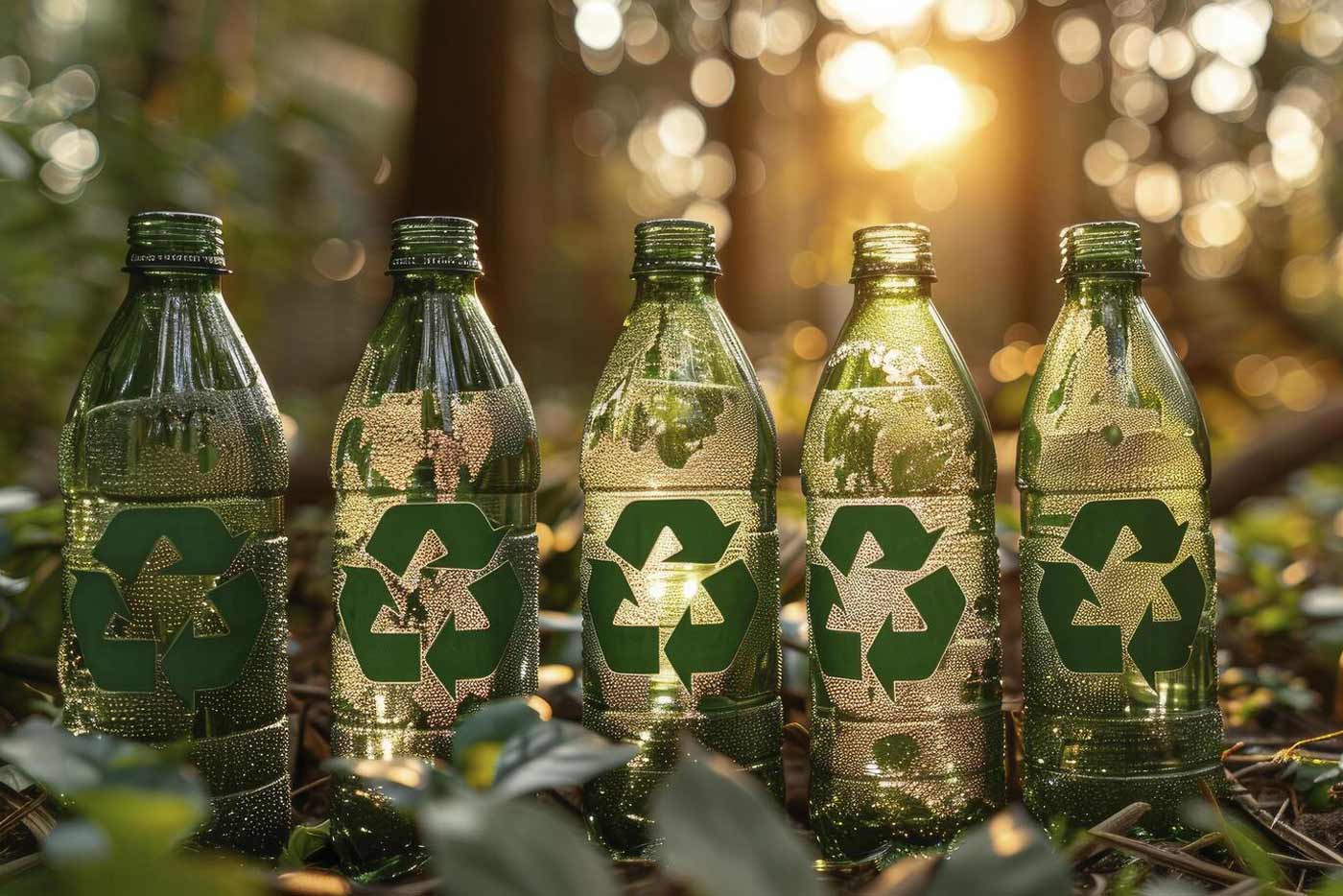What Are Bioplastics? Complete Guide to Their Origin, Types, Uses, and Benefits
Nowadays, bioplastics are positioned as a key alternative to reduce the environmental impact of mass consumption of conventional plastics. Faced with the growing plastic pollution crisis, bioplastics offer a more sustainable solution, although not without nuances and challenges. In this article, we will delve into what bioplastics are, how they are classified, their main applications, advantages, disadvantages, and their role in the circular economy.
What exactly are Bioplastics?
Bioplastics are plastic materials that are derived partially or entirely from renewable raw materials, such as corn, sugarcane, cellulose, or even algae. Biodegradable plastics are also included in this category, regardless of their source.
Therefore, the term “bioplastic” covers two main characteristics:
- Bio-based: made from natural and renewable resources.
- Biodegradable or compostable: capable of breaking down under specific conditions by the action of microorganisms.
Not all bio-based plastics are biodegradable, and not all biodegradable plastics are bio-based. This distinction is crucial when understanding their environmental impact.
Most common types of Bioplastics
Below, we detail the main types of bioplastics currently used in different industrial sectors:
PLA (Polylactic Acid)
PLA is one of the best-known bioplastics. It is derived from corn starch, cassava, or sugarcane. It is biodegradable and compostable in industrial facilities, and is widely used in food packaging, cups, disposable cutlery, and medical applications.
PHA (Polyhydroxyalkanoates)
PHA is produced through bacterial fermentation of sugars or vegetable oils. It is completely biodegradable, even in the ocean, making it a promising option for reducing marine pollution.
Bio-Polyethylene (Bio-PE)
This material is identical to conventional polyethylene but is made from sugarcane ethanol, making it a bio-based plastic, although not biodegradable. It is used in bottles, bags, and cosmetic packaging.
PBS (Polybutylene Succinate)
PBS is produced from succinic acid and 1,4-butanediol (both from renewable sources). It is biodegradable and has good mechanical properties, making it suitable for agricultural and packaging applications.
Current applications of Bioplastics
The use of bioplastics is expanding across multiple sectors due to their versatility and the pressure to find sustainable solutions:
1. Sustainable Packaging
One of the main applications of bioplastics is in the packaging industry. From bottles to transparent films and trays, bioplastics such as PLA or Bio-PE are used to create more eco-friendly packaging, especially in food and cosmetics.
2. Agriculture and Gardening
Biodegradable bioplastics are used to produce pots, mulch films, and clips that can be buried directly into the soil, minimizing agricultural waste.
3. Medicine and Biotechnology
Thanks to their biocompatibility, some bioplastics like PLA are used in the production of sutures, implants, pharmaceutical capsules, and temporary medical devices.
4. Textiles and Sustainable Fashion
PLA is also present in the textile industry as an alternative fiber, promoting biodegradable and petroleum-free fabrics.
5. 3D Printing
In the tech sector, PLA is one of the favorite materials for 3D printing, both for its ease of use and renewable origin.
Key advantages of Bioplastics
Bioplastics offer multiple benefits from environmental, economic, and even ethical perspectives:
Technological innovation: they promote the development of new, safer, and more efficient materials.
Reduced use of petroleum: as they are derived from renewable resources, they decrease dependence on fossil fuels.
Lower carbon footprint: many bioplastics emit less CO₂ throughout their lifecycle.
Biodegradability: some break down completely without leaving toxic residues.
Support for the circular economy: they integrate into recycling or composting systems.
Disadvantages and challenges of Bioplastics
Despite their benefits, bioplastics also have limitations that must be considered:
Labeling confusion: terms like “biodegradable” or “compostable” can be misleading if not properly certified.
Not all are biodegradable: such as Bio-PE, which is bio-based but does not degrade naturally.
Specific composting conditions required: many need industrial facilities to decompose properly.
Impact on agriculture: growing raw materials like corn may compete with food use and cause ecological impacts.
Higher cost: currently, bioplastics are often more expensive than conventional plastics.
Are Bioplastics the ultimate solution?
Bioplastics are not a magical solution, but they are an important step toward a more sustainable production and consumption model. Their effectiveness depends on:
Technological innovation to improve their properties and reduce costs.
An adequate recycling and composting infrastructure.
Public education and awareness to encourage responsible consumption.
Bioplastics and Legislation in Europe
The European Union has developed regulations that encourage the use of sustainable materials, promoting the production of certified bioplastics according to standards such as EN 13432 for industrial compostability. Additionally, the strategies of the European Green Deal and the Single-Use Plastics Directive are driving policies that restrict the use of conventional plastics, paving the way for more eco-friendly options such as bioplastics.
Conclusion: The Future of Bioplastics
Bioplastics are here to stay, and their evolution will continue to be shaped by innovation and global environmental pressure. As consumers, companies, and governments move toward ecological solutions, the role of bioplastics will become increasingly relevant. However, their implementation must be accompanied by comprehensive policies, infrastructure investment, and proper consumer information.
Their conscious use can make a real difference in the fight against climate change and plastic pollution.
